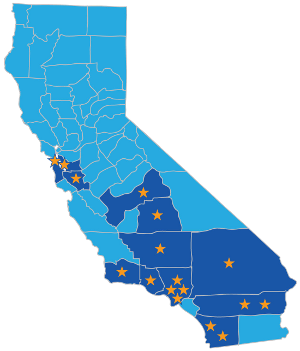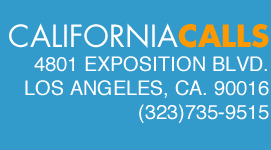While young people, immigrants, people of color and working class Californians make up the majority of California’s population, the electorate is still overwhelmingly white, older and affluent. This imbalance has led to decades of policies that have placed the needs of corporations and the wealthy before the needs of everyday people.
Every election season, traditional Get Out the Vote programs pop up a few weeks before election day, turn out 2-5% of new and occasional voters and then disappear from our communities. This strategy can mean the difference between winning and losing in close contests, but it doesn’t expand the electorate or increase civic engagement over time.
Over the last 5 years, California Calls has taken a deeper approach to ensure the democratic participation of California’s “new majority” by engaging new and occasional voters. Since 2009, we have identified 625,000 new and occasional voters who are committed to voting in every election for policies to improve education, the safety net and local government services and make government more accountable.
Due to long-term, sustained voter contact and utilizing thousands of community members to engage their neighbors during every election and in between elections, infrequent voters created the winning margin for Prop 30’s unprecedented victory in 2012. California Calls supportive voters turned out in record numbers on Election Day – defying the pollsters and conventional opinion that Californians would never vote to raise taxes. Prop 30 has provided more than $6 billion per year for schools and safety net services.
Now, California Calls is preparing to lead the way for the next big election in in 2016.
Focusing on under-represented voters across the state, California Calls, community organizations and labor unions will embark on a 17-month integrated voter engagement program to educate, engage and turn out 1 million new and occasional voters in November 2016.
For this ambitious organizing campaign, we will need to mount a huge door-to-door and telephone outreach effort that will involve almost 50% more voters than in the last Presidential election.
A voter outreach program of this magnitude focused on those who are most likely to stay home on Election Day, would transform the political landscape of California and put our state back on track for meeting the needs of low-income communities of color.


